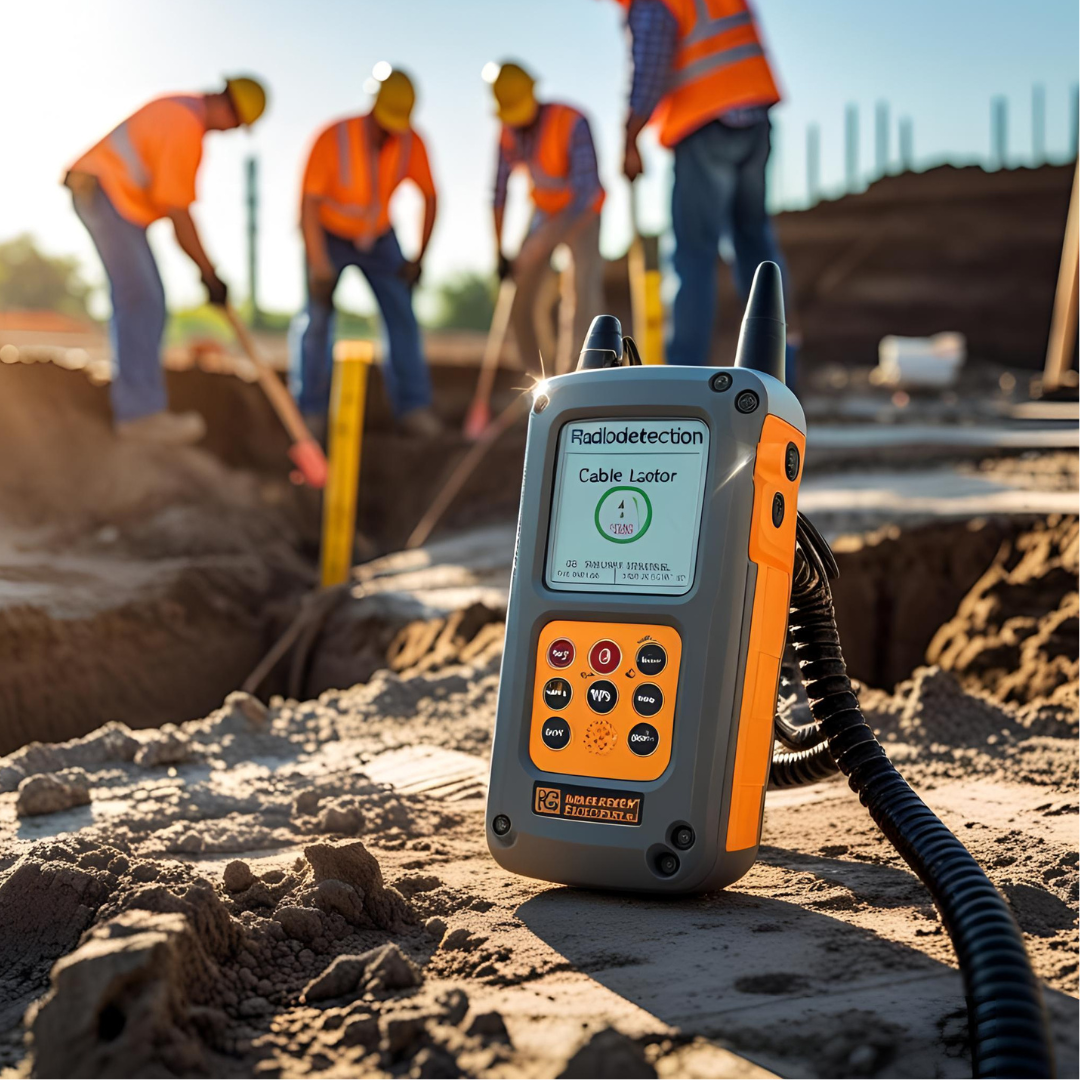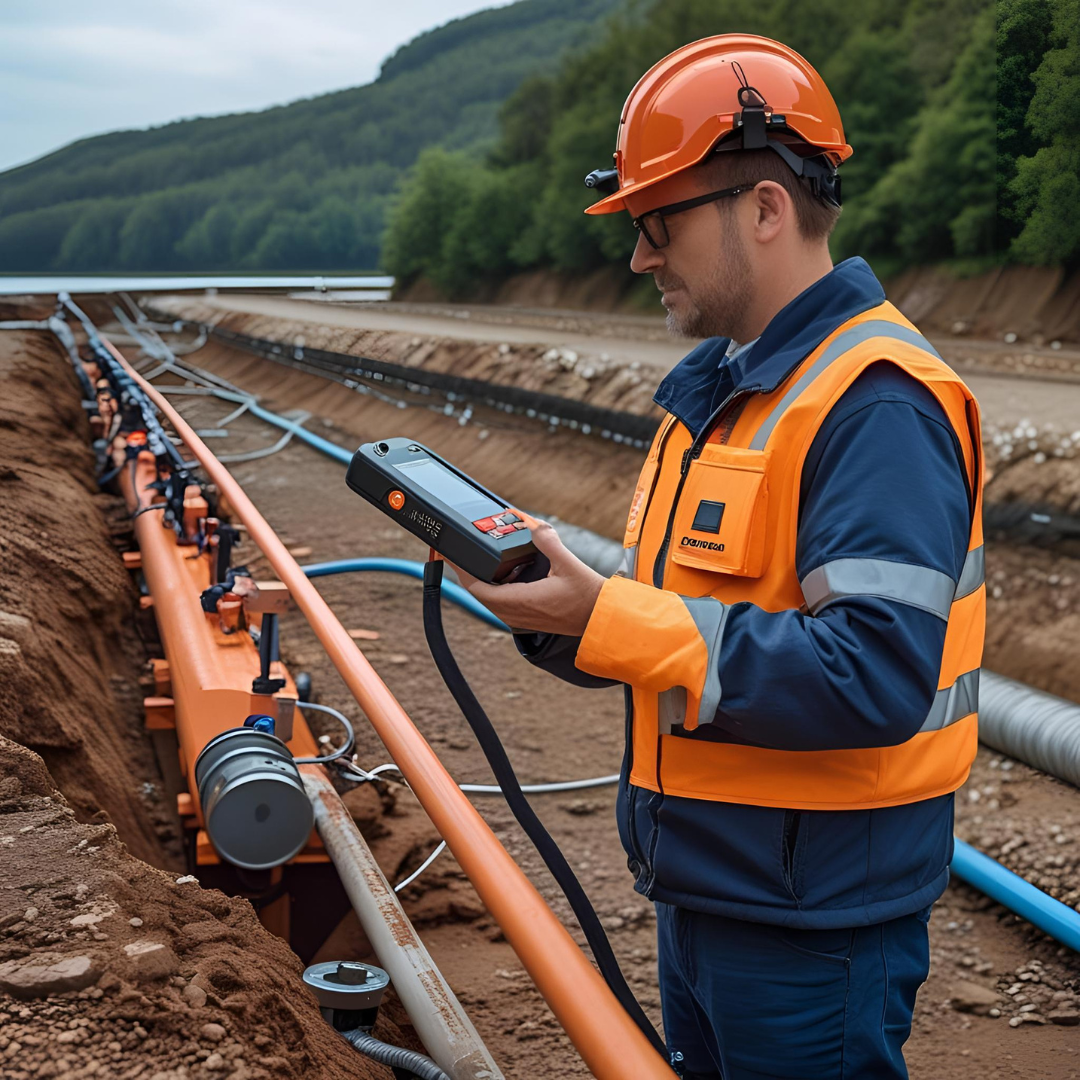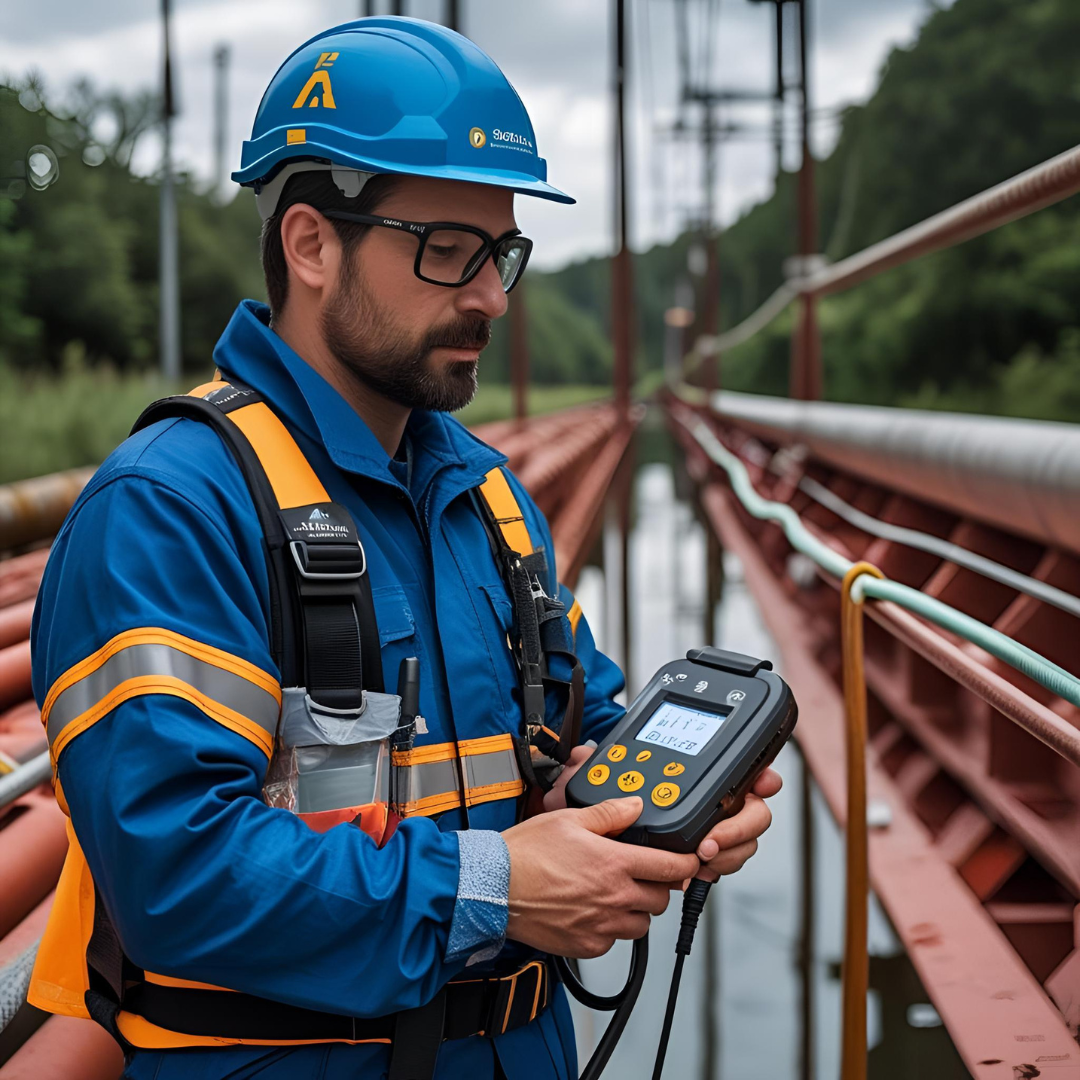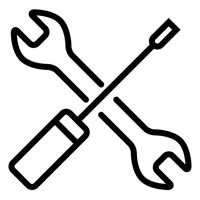How to Use a Radiodetection Cable Locator to Find Underground Cable Faults
Author: James Osborne Date Posted:10 May 2025
When it comes to diagnosing faults in underground cables, speed and precision are critical. Whether you're dealing with a power outage, intermittent signals, or total cable failure, the right tools can make all the difference. One of the most effective tools for locating faults in buried cables is the Radiodetection cable locator—a trusted choice among electrical contractors, utility companies, and technicians across the globe.
In this comprehensive guide, we’ll walk through how to use a Radiodetection cable locator to find faults in underground cables, including the types of faults you may encounter, best practices, and why Radiodetection locators are the gold standard in underground cable fault detection.
Table of Contents

1. What is a Radiodetection Cable Locator?
Radiodetection cable locators are advanced electromagnetic detection instruments used to locate and trace underground utilities such as power cables, communication lines, and pipes. Radiodetection’s technology is designed for accuracy, depth estimation, and pinpointing both continuous and intermittent faults.
Popular models include:
- Radiodetection RD7200
- Radiodetection RD8200
- Radiodetection RD8200G (with GPS)
- Radiodetection RD8200SG (survey grade GPS in-built with 1-2 cm accuracy)
2. Common Types of Underground Cable Faults
Faults in underground cables can arise from a variety of causes including aging infrastructure, moisture ingress, mechanical damage, or overloading. The main types of faults include:
- Open-Circuit Faults: A break in the conductor that stops current flow.
- Short-Circuit Faults: Two or more conductors are in contact, bypassing insulation.
- Ground Faults: A conductor comes into contact with the ground or earth.
- Intermittent Faults: Sporadic faults that occur under certain environmental or load conditions.
Each of these faults alters the cable’s electromagnetic characteristics, which is exactly what a Radiodetection cable locator is engineered to detect.
3. Principles of Fault Locating

Radiodetection cable locators work on the principle of electromagnetic field detection. When a transmitter injects a signal into a cable, any disruption—like a break or short—causes a change in signal strength or direction. The receiver detects these variations, allowing the operator to locate the precise point of failure.
Advanced models use:
- Current direction indicators
- Signal distortion detection
- A-frame accessories for pinpointing ground faults
4. Step-by-Step Guide to Finding a Fault
Here’s a simplified step-by-step process using a Radiodetection RD8200 locator:
Step 1: Prepare the Equipment
- Ensure the Radiodetection transmitter and receiver are fully charged.
- Connect the transmitter to the cable using direct connection clips or signal clamps.
Step 2: Inject the Signal
- Select a suitable frequency (lower frequencies for longer distances, higher for precision).
- Inject the signal into the faulty cable. If you're diagnosing a ground fault, use an A-frame accessory.
Step 3: Trace the Path
- Use the receiver to follow the signal along the cable route.
- Observe for any sudden drops or changes in signal strength, which may indicate a fault.
Step 4: Pinpoint the Fault
- Use depth estimation to determine how deep the fault is.
- With an A-frame, follow the arrows and monitor the fault current displayed. The peak reading usually occurs directly above the fault.
- Mark the location physically or digitally (with GPS-enabled models).
Step 5: Verify the Location
- Cross-reference with existing site plans and utility maps.
- Perform secondary tests if needed to confirm fault type and severity.
5. Recommended Radiodetection Models for Fault Location
1. Radiodetection RD8200SG
- Designed for complex fault detection and survey-grade accuracy.
- GPS and compass-equipped.
- Ideal for ground faults and long cable runs.
2. Radiodetection RD7200
- Budget-friendly and user-friendly.
- Great for routine maintenance and basic fault finding.
- Many features for fast and accurate locating
3. Radiodetection RD8200G
- Ideal for mapping, fault detection, and route tracing with GPS tagging.
Pair any of these with a TX-10 transmitter and A-frame accessory for comprehensive diagnostics.
6. Key Features to Look for in a Locator

When selecting a Radiodetection cable locator for fault finding, look for:
- Multi-frequency transmission
- Signal strength and direction indicators
- Fault-finding accessories (e.g., A-frame)
- Depth estimation capability
- High sensitivity and noise rejection
- Ergonomic design for long field use
- GPS and data logging (for traceability and compliance)
7. Tips for Accurate Fault Locating
- Always calibrate your equipment before starting.
- Use the appropriate frequency: lower for tracing, higher for pinpointing.
- Follow signal strength trends, not just abrupt changes.
- Avoid areas with high electromagnetic interference (EMI).
- Use headphones in noisy environments.
- Practice with test faults or training setups if new to fault location.
8. Safety Considerations
Underground fault finding can pose serious risks. Always:
- Follow electrical safety protocols
- Confirm isolation before connecting to live cables
- Use PPE (personal protective equipment)
- Stay aware of nearby underground services
9. Final Thoughts
Radiodetection cable locators are essential for accurately finding faults in underground cables, reducing excavation time, and preventing further infrastructure damage. With advanced models like the RD8200SG and the right accessories, you can detect faults quickly and efficiently, even in the most complex electrical networks.
Whether you're a professional in electrical utilities, telecoms, construction, or civil engineering, investing in a Radiodetection cable fault locator ensures safe, reliable, and effective fault management.
Need Help Choosing the Right Radiodetection Locator?
At Testrix Systems, we stock the full range of Radiodetection cable locators and fault-finding accessories. Contact our expert team today for advice, a quote, or on-site training.
Contact Us:
- Phone: 1300 837 874
- Email: sales@testrix.com.au
- Website: www.testrix.com.au




